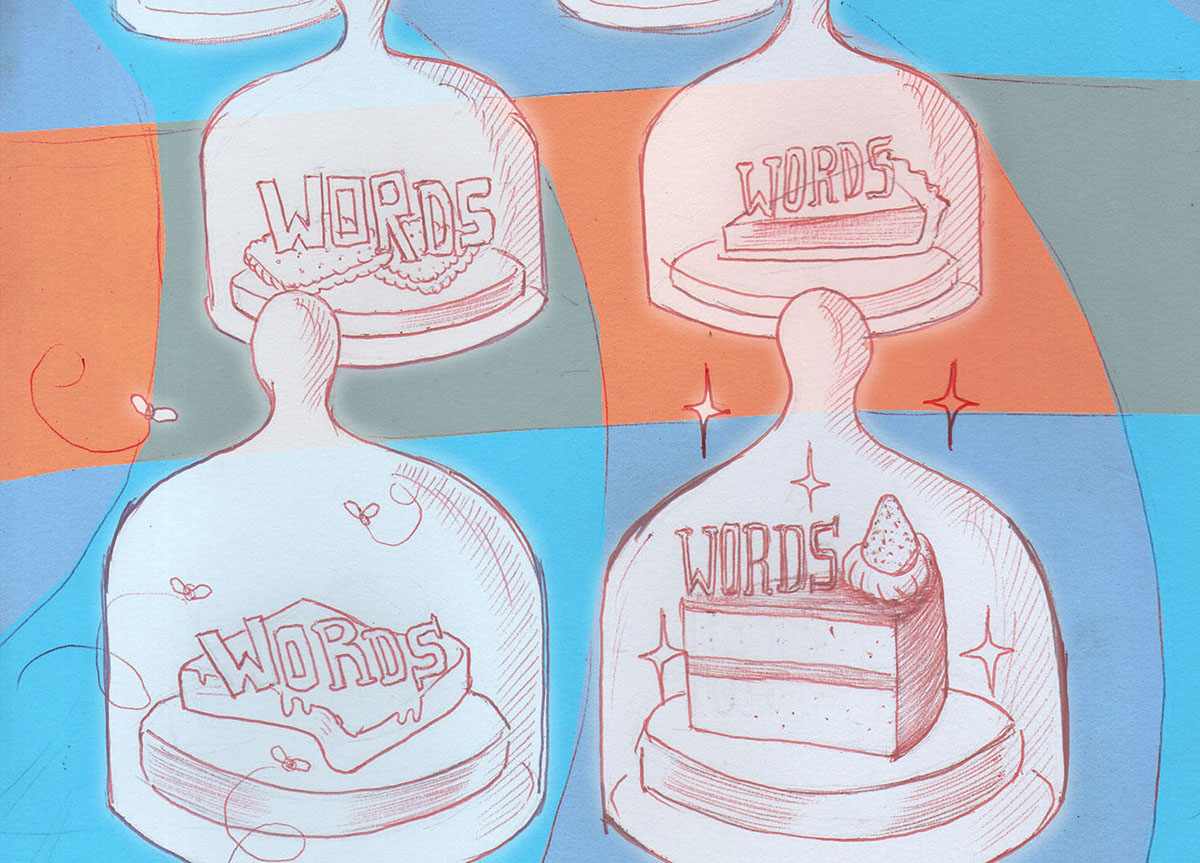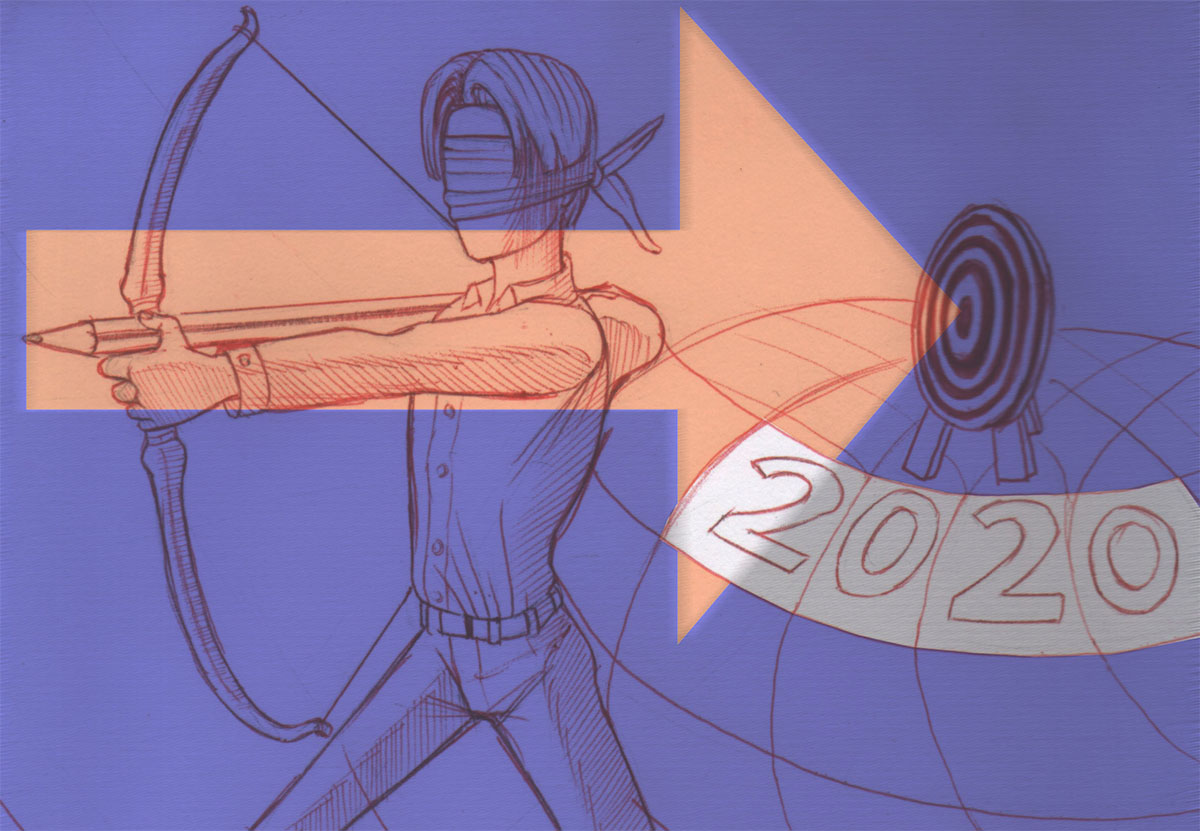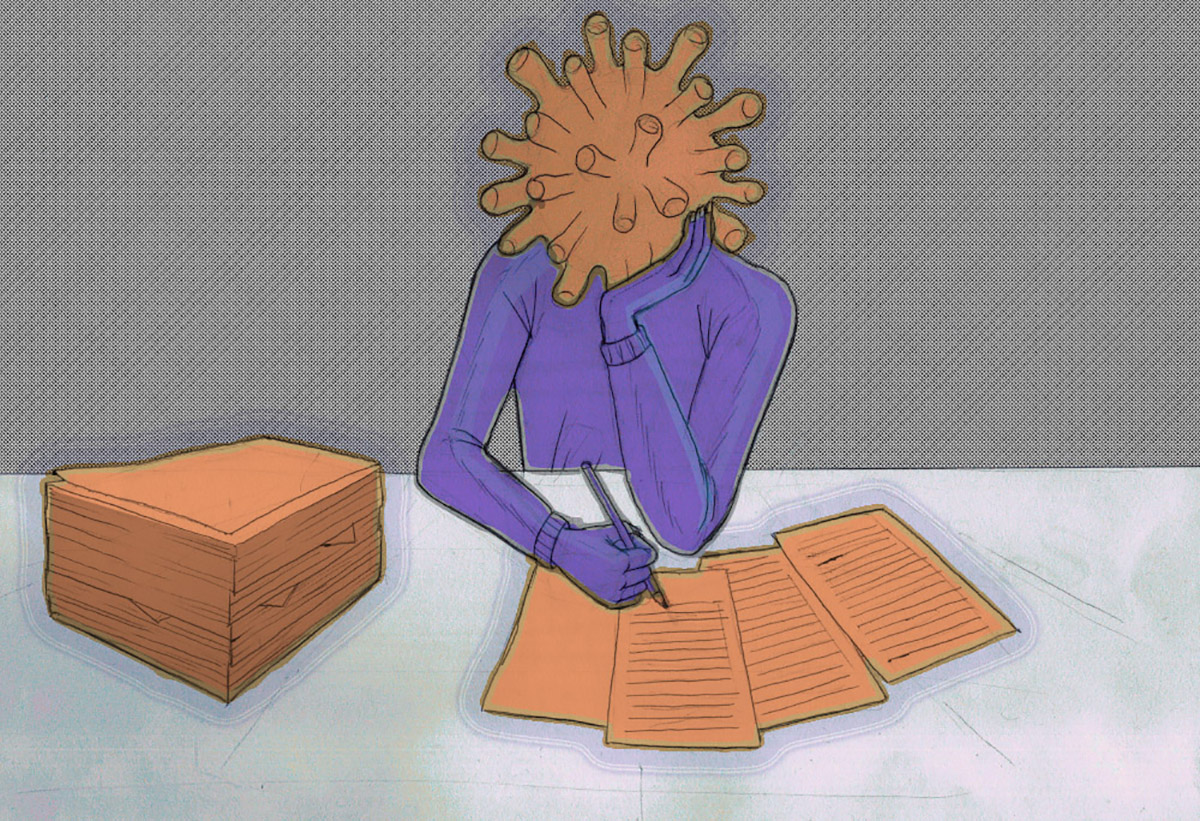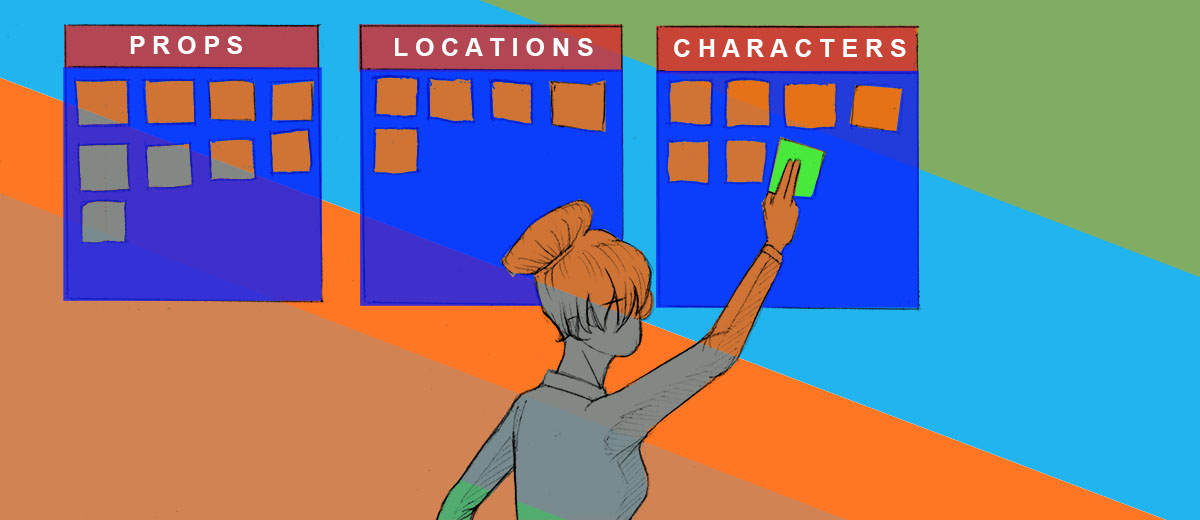
Your Quick 5-Minute Recipe for Delicious, 2020-Ready Content Styling
In our previous article, we’ve already discussed the key ingredients of writing for the web like it’s 2020.
Today, we’re explicitly showing you how to use those ingredients to create a delicious offering that will captivate your readers and make them salivate in anticipation.
First, consider this simple analogy:
When you visit a pastry shop, how do you take your pick?
- Chances are you’ll spend some brief moments contemplating the available cupcakes and sponge cakes and custard pies and colorful confections available behind the window.
- Even if you end up just getting a boring toast, you cannot help but appreciate the artistry behind all the different treats available on the counter, highlighting the available offers.
- Should you decide against eating pastries then, you may actually go back to that same pastry shop simply because you enjoyed looking at their offering while munching on a dry toast.
There are many intricacies to your decision process, as you go through the motions of taking your pick.
However, when you pause to consider it – all those cakes are ultimately variations of a theme!
It’s mostly eggs, flour and sugar whisked together.
You’re looking at different ways to put together what are essentially the same ingredients.
Yet… they don’t all have the same appeal.
Why do some pastries look more appealing to you, if the ingredients are roughly the same?
How does this relate to the latest trends for styling content?
A delicious recipe to increase the appeal of online content:
It’s usually a mixture of your preferences, your current appetite, your dietary considerations with your established taste, that draws your attention and ultimately leads you to munch on a specific pastry.
Since you didn’t actually taste anything before taking your pick, that means your decision was determined mostly by visual cues – the presentation.
A similar principle is in action whenever you read through an entire piece of content.
Notice how you go about skimming content online and pay attention to the decision process that culminates in reading through an article.
Something initially drew your attention, catered to your established taste, and matched your current appetite and overall preferences – thereby sparking your desire to consume that piece of content.
- Presentation is at least as important as the actual content. Through the way a pastry is displayed, you’re able to decide if you feel like having a taste.
- It’s always the presentation that draws you in, whenever you try anything new… whether it’s a pastry or a piece of writing.
- It’s always the content (and how it once made you feel) that makes you want to come back to a website or pastry shop.
How can you apply the same principles used by pastry shops all around the world to draw attention to your writing?
This is faster and easier to achieve than you may imagine. You can breathe new life into your existing content, simply by watching the presentation and make it appealing to your audience.
Having established this analogy, let’s now focus on the actual recipe for effectively styling content. This involves 5 simple steps that won’t take five minutes to do (assuming the content has already been written).
Step 1: Create a table of contents.
A good table of contents is not unlike the actual display counter on a pastry shop:
Its role is to convey the available offering, at a glance – aiming to seduce onlookers and whet their appetite.
Much like a good pastry shop display, a good table of contents will help establish context – as well as allowing your clients (or readers) to get a sense of what treats may be available to them.
- Opening an article with a table of contents will allow your readers to quickly determine if they will bother actually reading through the content, as well as providing a useful overview
- Having a good table of contents, comprised of appealing topics that work together to convey a brief summary of an article, can be a powerful way to entice the attention of readers.
- When writing for the web, each topic in a TOC should be regarded as an opportunity to catch the attention of readers. It’s worth taking the time to really craft those headlines and make them appealing.
Starting your writing process by fleshing out a good table of contents will also help you organize your thinking and it will be valuable to the writing process itself.
Have you seen this article (cue link) on how starting with a good outline will help you write excellent content with the least effort? You may want to have a look!
Having enticing headlines in place will really facilitate the writing process. Begin there and you’re off to a good start; the next step will center on facilitating the reading process.
Step 2: Break content apart to make it scannable.

Notice how simply breaking paragraphs apart can make a piece of text more appealing. The reason why this happens is that smaller paragraphs are easier to skim through. Did we mention it’s also a good idea to take the time to write image captions? People love reading them, don’t you?
In the previous article (cue link), we already made a case for why it’s so important to avoid writing long paragraphs online.
Long walls of text can be very off-putting and reading them may come across as a chore, especially since people who read articles online tend to always be in skimming mode until they find something they find interesting that draws them into the text.
(We’re referring to elements meant to convert skimmers to readers as “entry points”, and with each step in this recipe, we’ll show different ways to multiply them)
By breaking apart your paragraphs, you can use the surrounding white space as a visual cue
As a general rule of thumb, you now want to keep online paragraphs from reaching four lines.
- At the same time, you want to make sure the sentences, as well as the paragraphs, are diverse in length since this creates a sense of rhythm that feels interesting to look at.
- Simply breaking apart your existing paragraphs can be a powerful way to make your online writing more appealing. This is so because the smaller chunks of text, along with the surrounding white space, make the writing much easier to skim through.
- By breaking apart your writing into bite-sized chunks, you multiply the available entry points that could capture skimming eyes and drive them straight into your writing.This technique is especially effective if you avoid making all paragraphs the same length, otherwise, it will look monotonous to the reader’s eye. If you break apart all paragraphs into similarly sized chunks, the benefit towards facilitating parsing will be lost, for the most part.
Let’s see how you can take it further and keep adding more of these entry points…
Step 3: Use bullet points to clarify ideas.
There’s something almost magnetic about bullet points: they draw the attention of people who are looking for the gist of the matter, which is something that most website skimmers are always doing.
When you place some bullet points within a lengthier exposition, many readers will be compelled to check the bullet points for context first and foremost.
This is likely so because most modern readers have been conditioned by textbooks and corporate methodologies alike to seek bullet points that help contextualize the surrounding information.
- This means you can (and should) use bullet points to clarify your ideas, since many readers will unconsciously look for these clarifications to justify to themselves if your content is worth reading.
- By making sure to feature bullets points at strategic points in your writing, you will reinforce your key ideas – along with sometimes attracting the attention of readers who skimmed through the lengthier explanation that usually precedes or follows the bullet points.
- For this reason, it can sometimes be effective to use bullet points to reiterate and summarize ideas
It’s worth noting that much like paragraph breaks, bullet points are meant to add rhythm and diversity to the article. Therefore, overusing them will turn out repetitive and will defeat the purpose.
As a rule of thumb, have no more than a set of bullet points for each section in the article.
Make your bullet points very concise and slightly redundant, for best results.
Too much repetition is boring. A little repetition can go a long way to help cement ideas in the reader’s minds.
Another easy step you can take to help make your content more interesting and digestible is to highlight key passages…
While doing this, timing and rhythm are of the essence.
Surely you’re quite aware that too much repetition is boring. But maybe you have yet to realize that a little repetition can go a long way to help cement ideas in the reader’s minds.
Step 4: Apply italics, bold and colors judiciously.
It’s a hallmark of accomplished, successful students to keep a carefully structured notebook, with neat calligraphy and judicious highlighting of the key ideas.
This is not a coincidence, but rather evidence of how such methods facilitate reading comprehension and information retention.
In a way, you can embrace a similar spirit when highlighting parts of your articles to create additional entry points to captivate the reader.
While doing this, just re-read your content carefully and look for the key phrases and sentences that convey the essence of each few paragraphs.
For the sake of visual rhythm, you have to be mindful not to overdo this step as well. No more than one or two of each highlight style per section.
Highlighting parts of your articles to create additional entry points to captivate the readers who happen to be skimming through – like most people do before actually committing to read a long piece of content.
Think of the bold tag as a mini-header within the text, and think of the italic tag as a less intense bold.
- When it comes to web articles, you may want to avoid using the underline tag since it can look like an unclickable link… which can be confusing for the reader.
- Instead, you may want to consider using color-coded highlights like the one above, when you feel neither bold or italics are appropriate.
- Applying highlights to an article requires judicious thinking of which passages should be emphasized; this is doubly so because bold and italic tags send an optimization message to the search engines, meaning that over-optimization could yield negative effects.
Once you’ve applied these four steps, your content should be much more appealing and easier to read, with plentiful entry points having been strategically placed as though they were little traps meant to snatch the reader’s attention.
It is now time to add the cherry on top of the figurative cake…
Step 5: Extract quotes to further emphasize key ideas.
Remember how we mentioned in a section above that a little repetition can be really useful to help cement particular ideas? It’s certainly true, and that’s the correct spirit in which to approach your article look for quotes worth extracting.
By recreating key passages from your articles as quotes, you will simultaneously emphasize that idea while also repeating it.
Whenever you take the time to highlight a passage from something you wrote, you’re effectively putting that quote on display.
A good quote can make for an excellent entry point into your writing and since is extracted from the main text, the repetition will further help reinforce the idea in the text snippet you quote.
Additionally, quotes can also be a great branding opportunity along with useful material for social media promotion – that you readers might be compelled to share spontaneously, thereby adding to the reach and authority of your writing.
Whenever you take the time to highlight a sentence you wrote, this is comparable to putting a “Special Offer” on display. It could succeed in attracting the attention of readers, where the other subtler attempts have failed.
Whenever you put something on display, it creates an entry point that might catch the attention of passers-by
As you can see, it really doesn’t take much time or energy to style your articles according to the latest trends.
Keep in mind these adjustments will make your text easier to read on a screen, which will allow you to provide your readers with a more pleasurable experience.
Styling your text goes much beyond the basics of effective proof-reading and other tried and true tactics to dress your texts for success.
Style your content today, plan a brighter tomorrow for your website
Styling your content provide your readers with the most visual comfort won’t take more than five minutes per article, if you stick to the recipe describe in this article.
Just make sure to embrace a procedural approach and focus on changing one element at a time, always going from the most general aspects (breaking sentences apart and creating a TOC) and proceeding towards the specifics (styling headlines, adding quotes, highlighting key passages of the text).
The styling process is actually a good opportunity to do a final proof-reading of your content, and making any touch-ups that seems relevant to you as you go through your website archives.
If you’ve been meaning to bring new life to a website or blog where you showcase your writing professionally, this is probably one of the most time-effective ways of doing so.
It will also provide you with a good opportunity to peruse your archives and get reacquainted with your best material, as well as eventually sparking new ideas for future content.
useful sources:
https://bloggingx.com/bold-italics-and-underlines-in-blog-posts/
https://hostingtribunal.com/blog/average-time-spent-on-website/#gref




